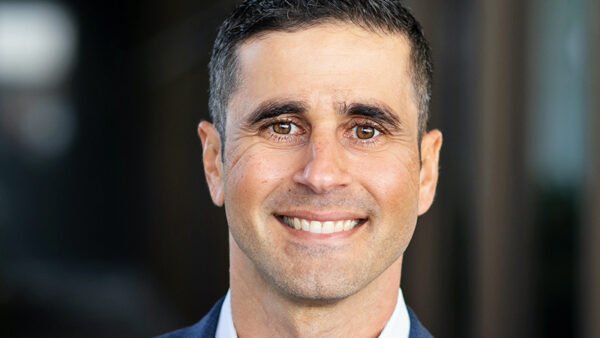
It’s looking like interest rates may be higher for longer. At least that’s what Federal Reserve officials indicated in separate addresses yesterday.
“Sustainably restoring” inflation to 2 percent is not yet done, insisted Federal Reserve Vice Chair Philip Jefferson at the International Research Forum on Monetary Policy in Washington.
“My baseline outlook continues to be that inflation will decline further, with the policy rate held steady at its current level, and that the labor market will remain strong, with labor demand and supply continuing to rebalance,” Jefferson said.
Later, speaking at the Washington Forum on the Canadian Economy, Fed Chairman Powell echoed Jefferson: “The recent data have clearly not given us greater confidence and instead indicates that it is likely to take longer than expected to achieve that confidence.”
In March, the CPI moved up to 3.5 percent and the more critical PCE inflation indicator stayed at around 2.8 percent. So, the cuts that were expected to begin in May or June are probably not happening just yet.
READ ALSO: Looking Ahead to Interest Rate Cuts
Those cuts would certainly relieve pressure on commercial real estate borrowers, get transactions moving again, and help stabilize values. But one corner of the real estate industry not as worried as rest of the market is REITs due to their under-reliance on debt capital and they types of debt they hold.
Regardless of what the Fed does on rates, REITs are in “a really great position” in terms of their low-leverage ratios, said NAREIT Senior Vice President of Research Edward Pierzak, citing data from the quarterly NAREIT T-Tracker.
“Right now, they stand at about 33 percent, which is really kind of akin to what I would call a core private real estate strategy,” Pierzak observed. “Their weighted average term to maturity is nearly 6.5 years, so they have considerable time before they’re really impacted by the environment, and cost of capital has been low.”
‘Cushioned’ and capital-ready
But, most important, Pierzak noted, is that more than 90 percent of REIT debt is fixed rate.
“We don’t have to worry about variable debt, and then they’ve also done a great job of accessing the unsecured debt market,” he said. “Nearly 80 percent of REIT debt is from the unsecured markets. So that’s at the corporate level and not the property level”
This debt profile—along with higher quality assets—is helping “cushion” office REITs, in particular, since office debt is the most difficult to access and refinance today, according to S&P Global Market Intelligence in an October 2023 blog post.
Of course, REITs have not been immune to the impacts of high interest rates on the transaction market. While there have been fewer opportunities to grow and prune portfolios, Pierzak said, REITs can act quickly because they have access to a variety of capital sources.
“Given their balance sheet structures, REITs are really in a great position,”Pierzak said. “If those opportunities were to arise, they’d be able to execute.”
And as far as impacts on stock trading, REITs saw strong results after the Fed stopped tightening interest rates in third quarter of 2023, he said.
“As we look back on history, what we typically see is that RETs tend to have strong performance after those cycles end. And in fact, we did see some very strong REIT performance in the fourth quarter of 2023—nearly 18 percent.”





